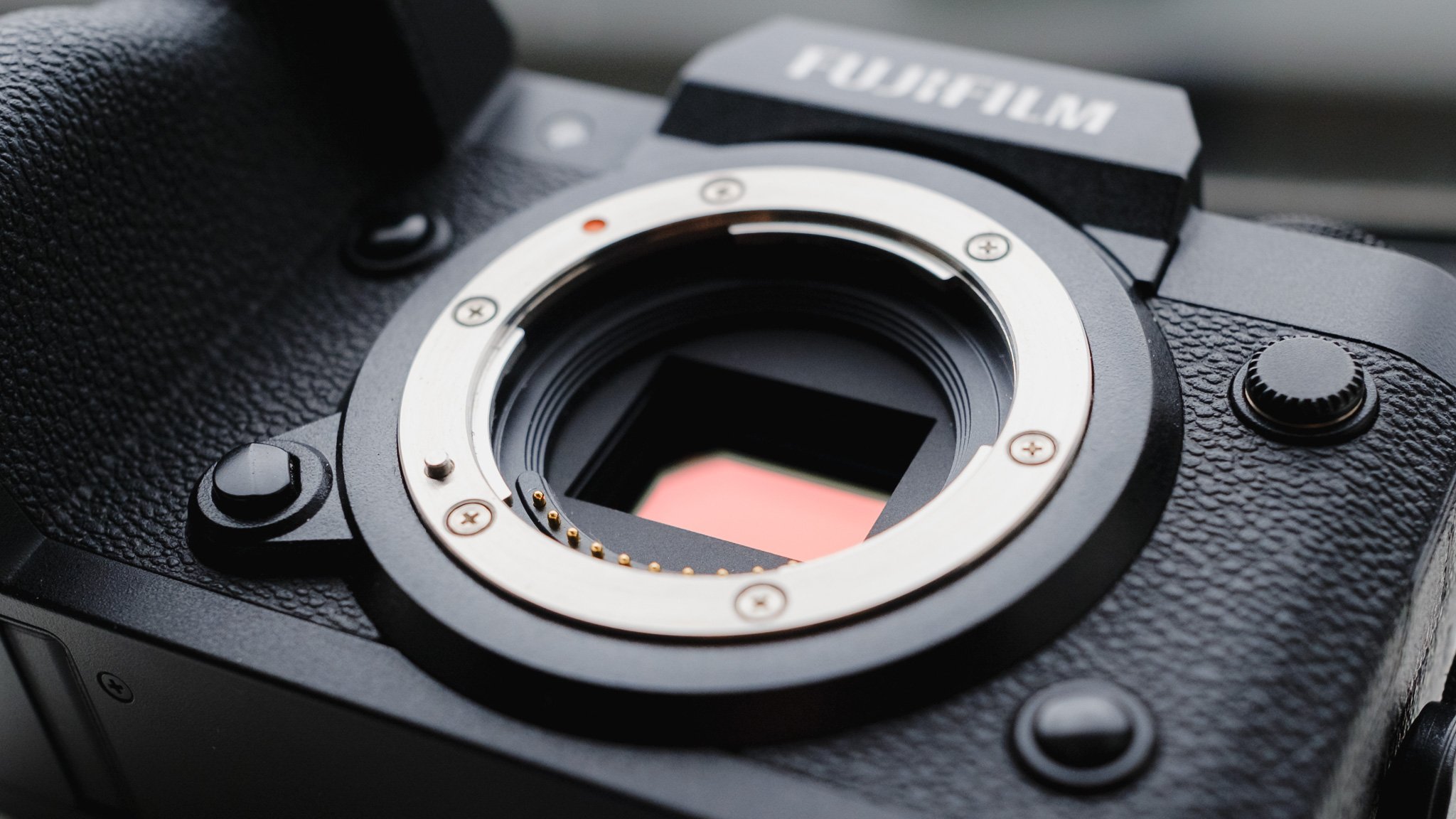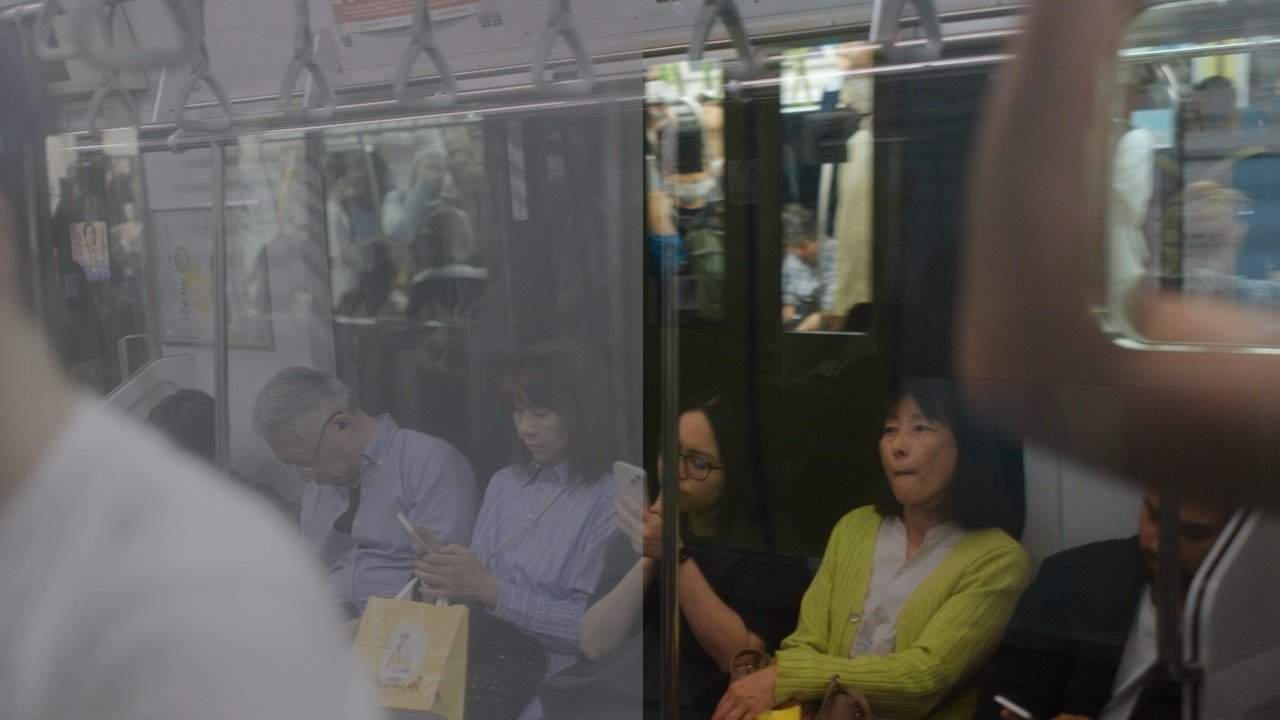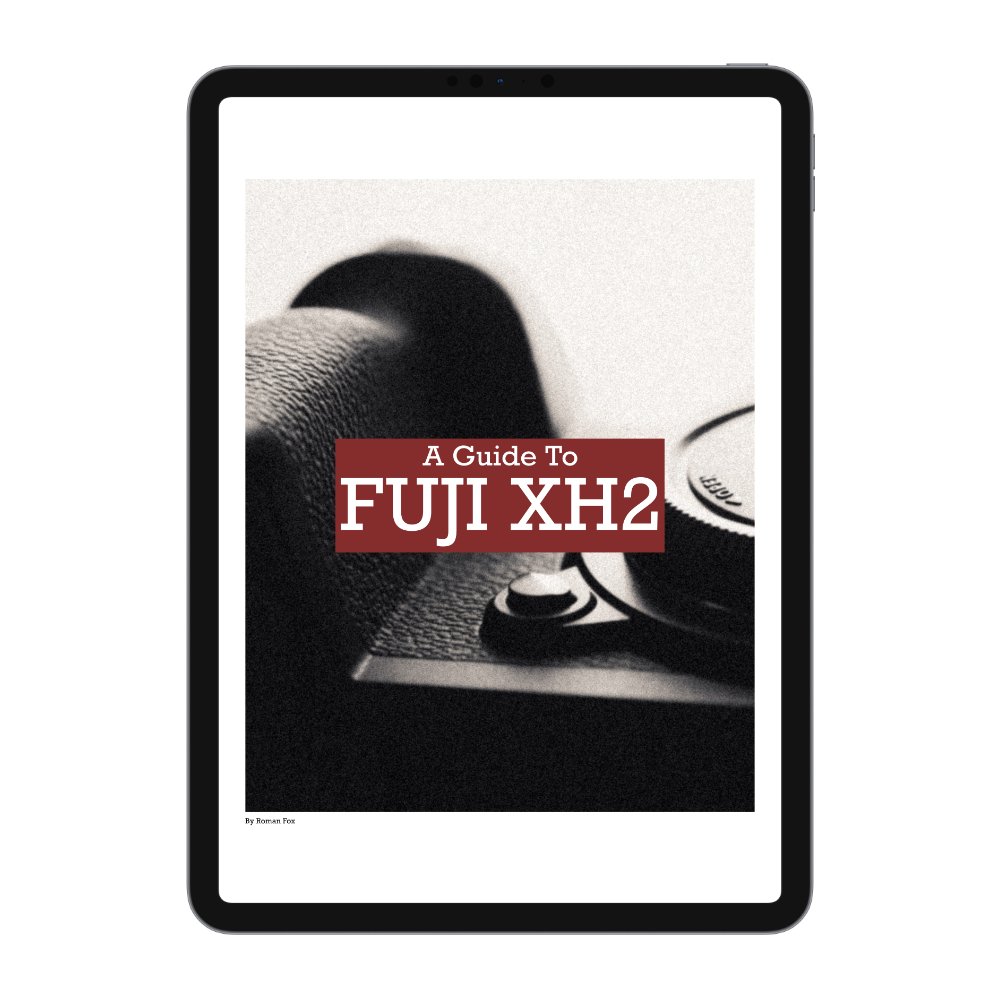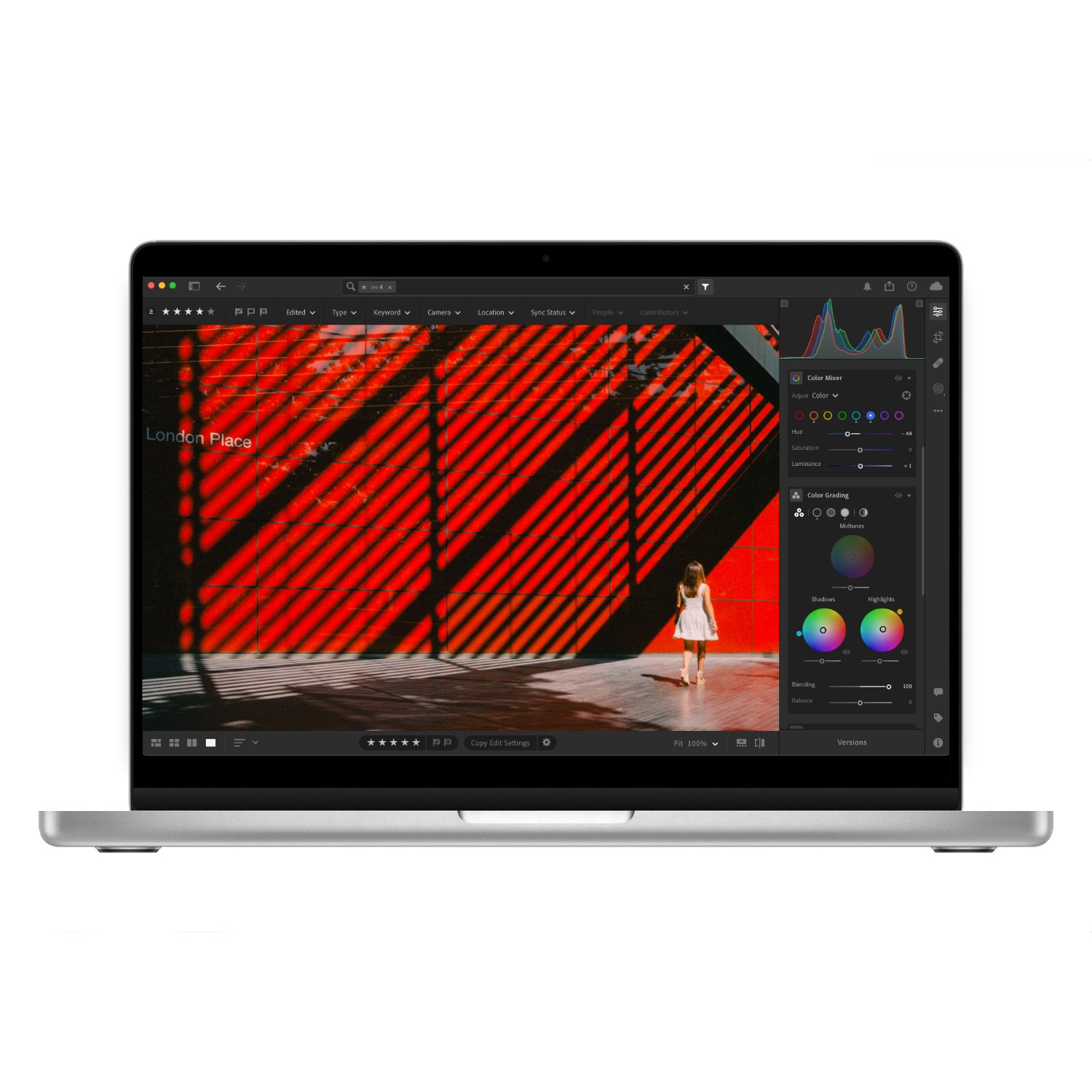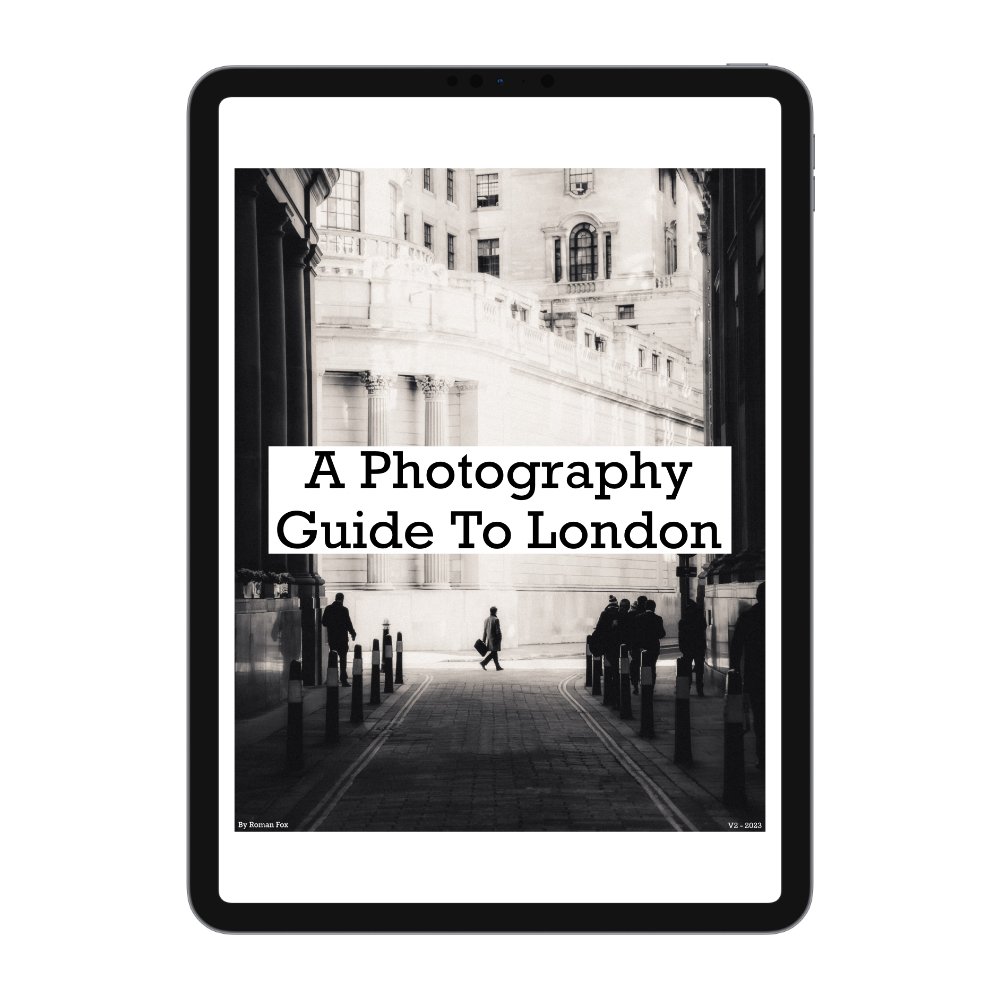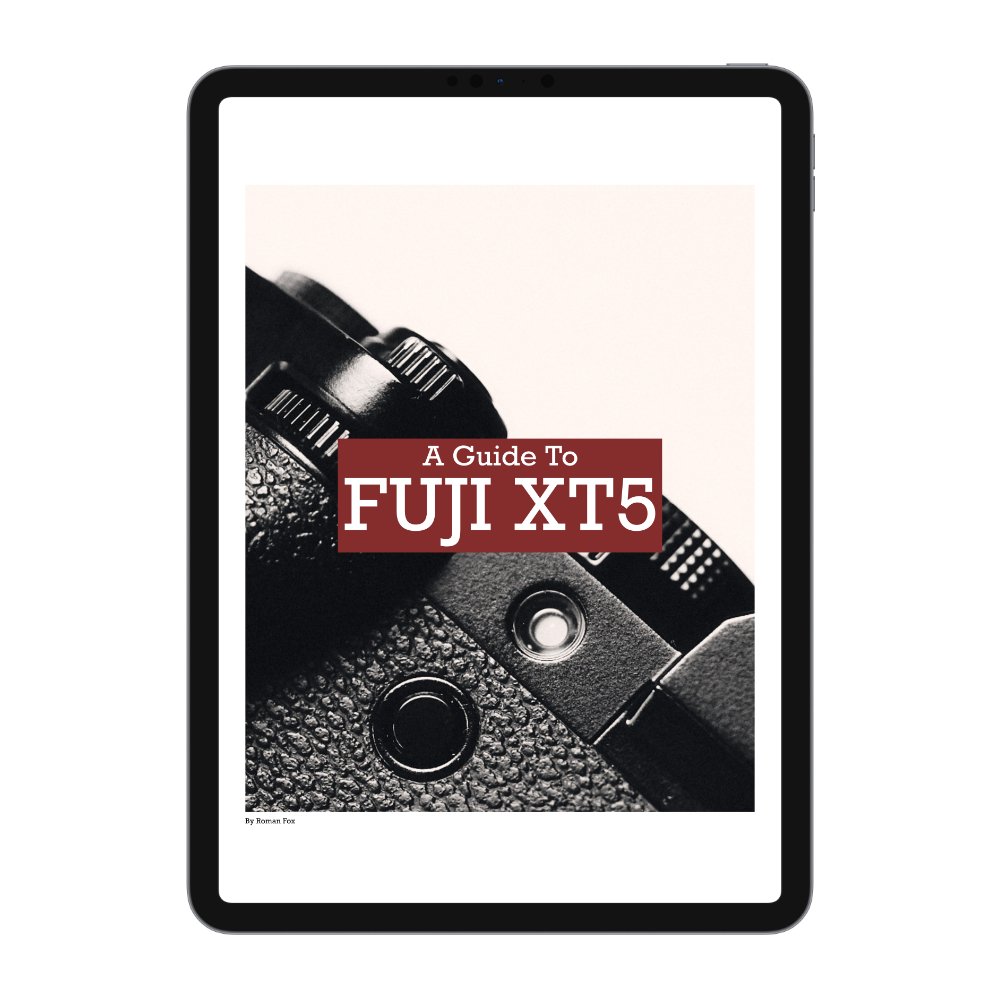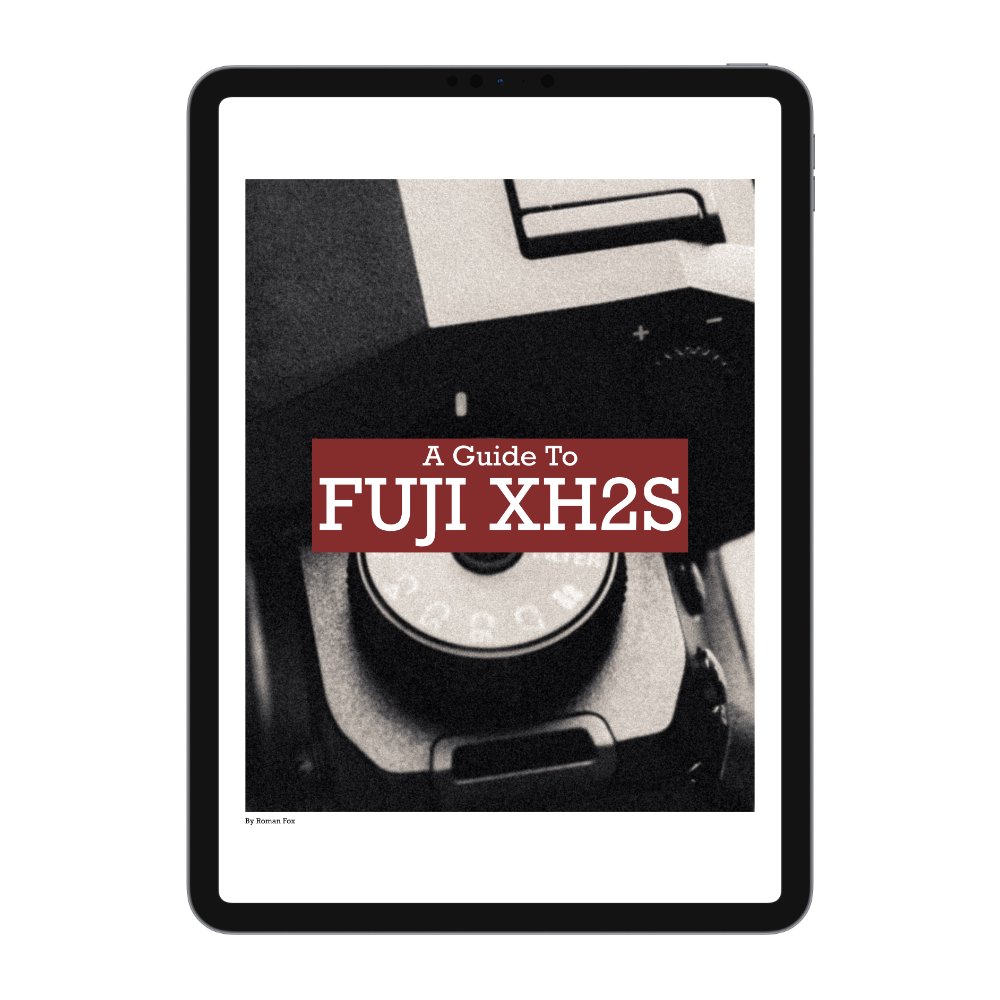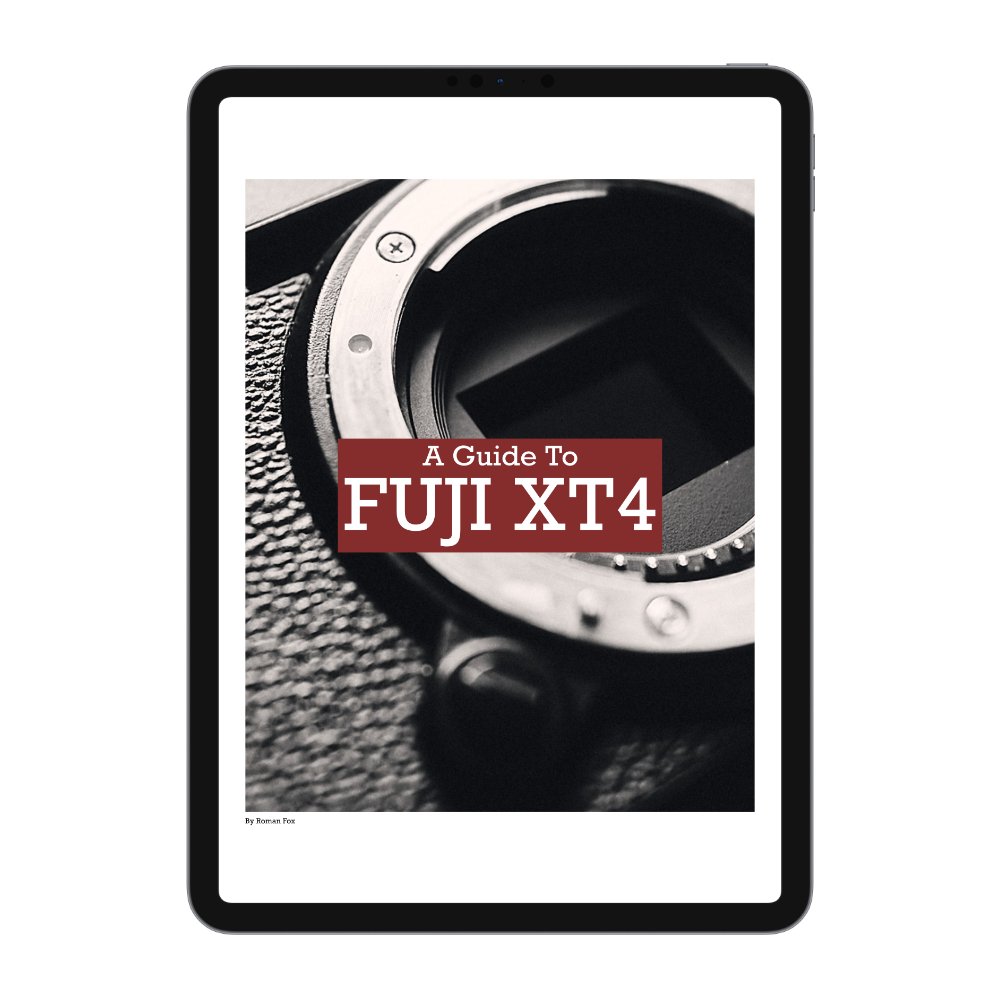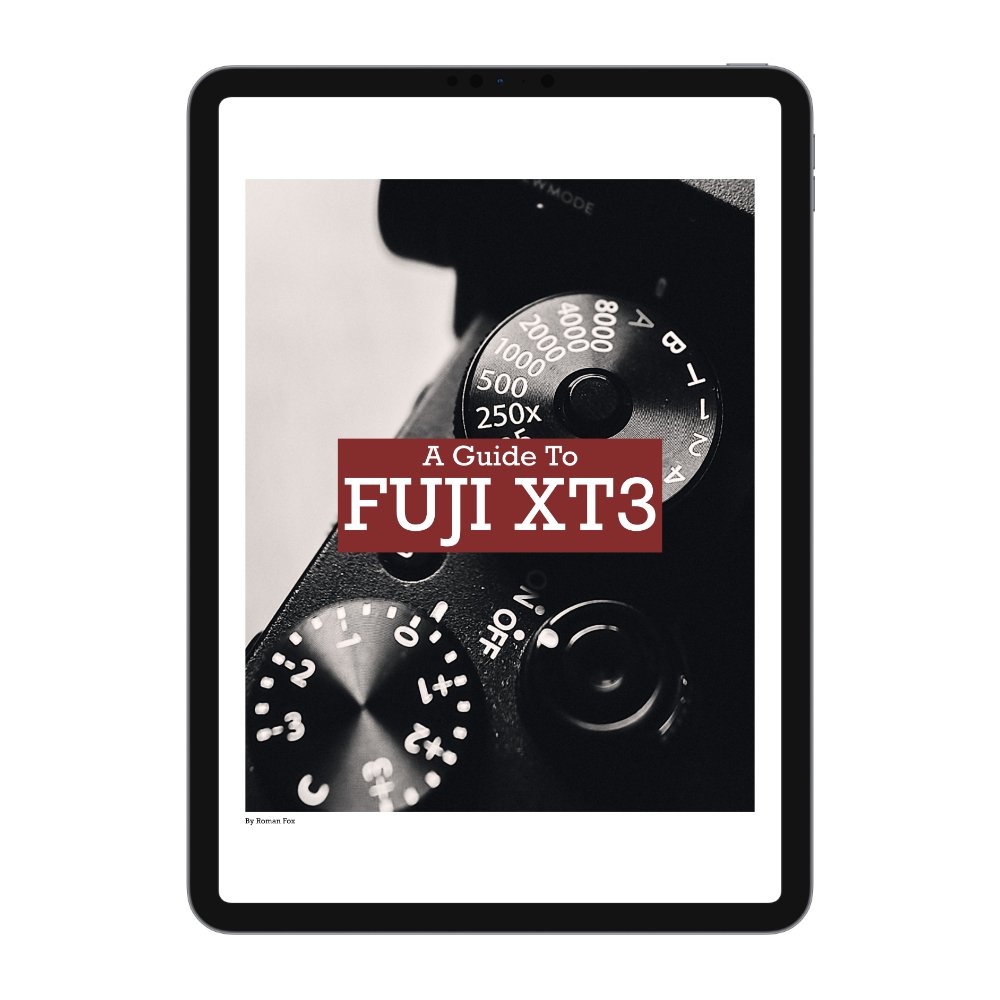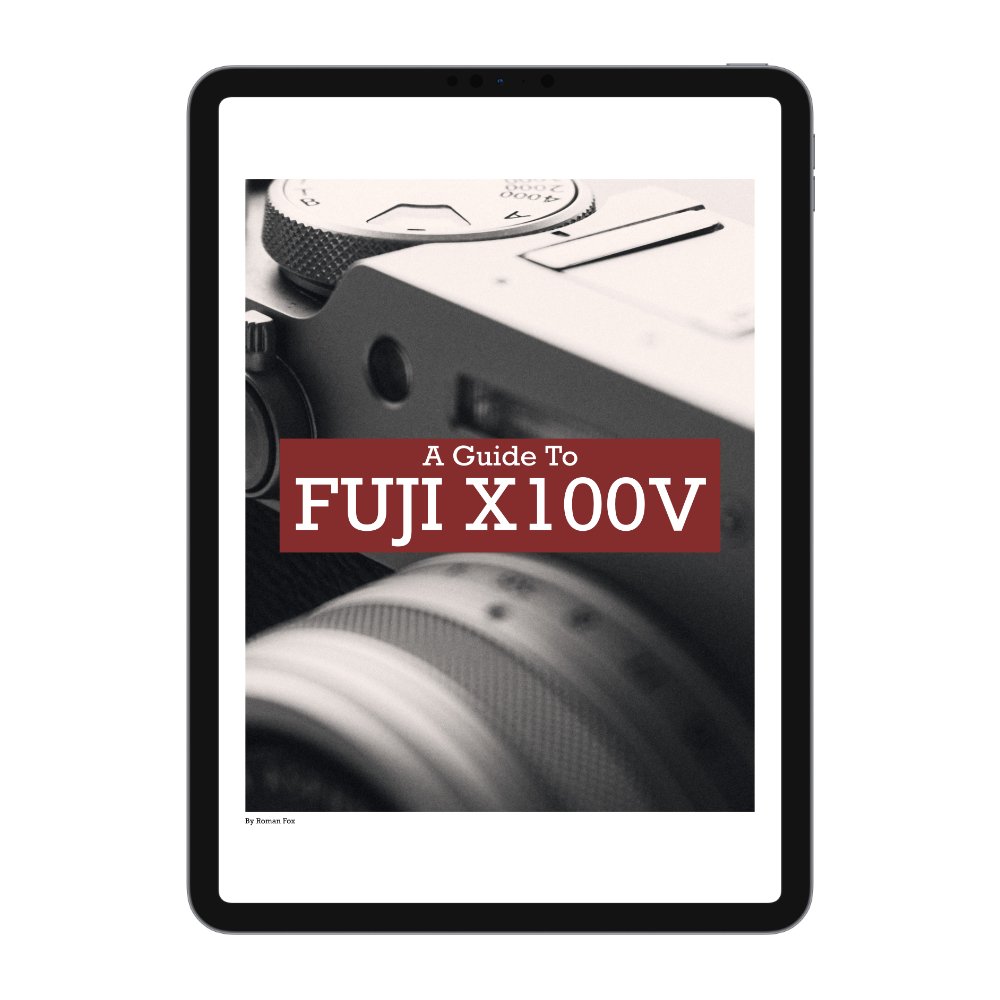The Best Fujifilm XH2 Video Settings
I’ve been using the Fuji XH2 for all my video work for some time and having gone through many different set ups along with a ton of mistakes, I’m now in a position where I can share what settings I use for video, be it YouTube or IG reels. Please keep in mind I’m a photographer not a videographer. For me video goes as far as YouTube and social media only. Finally although this blog is aimed at the XH2, many of these will carry over to other Fuji cameras.
Mode Dial
I only use 3 of the available mode dial memory banks.
C1 - this is quick video and is mapped to one of the physical buttons. This is a point and shoot mode that’s designed for fast access. It’s Aperture priority so I have some quick control over light coming in but shutter and ISO are in auto. It won’t give you the best image due to the shutter speed but better than nothing. It’s set to 25fps (24 for America & Japan)
C6 - this is my go to video setting. It shoots in 25fps and has a 1/50 shutter speed locked in. ISO is set to base but can be increased if needed. Aperture control remains on the lens. (24fps for America & Japan)
C7 - This is my 8K setting and I will use it anytime I know I will need the maximum resolution for recomposing and cropping later. For example it could be filming an interview with two people and having the option to punch in on each person while keeping good resolution.
Key Buttons
There are some key buttons I reprogrammed in order to get the most out of the camera.
REC - set to recall C1 as mentioned earlier
WB - I set it to WBL in order to lock the white balance. This helps in scenarios where WB can jump around.
Fn4 - AF Mode
Fn5 - AE Mode
Fn6 - Focus Mode
Fn7 - Face Detect
AF-ON - AEL / AFL
Resolution, Codecs & Frame Rates
My main go to frame rate is 25fps. In America, Japan and a few other places you would need 24fps in order to avoid flickering. However with that said I find that no matter what frame rate you use, there is always a risk of lights flickering so just see what works in your country. You can also play with the shutter speed to avoid flickering. For example changing from 1/48 to 1/50 or vice versa.
Sometimes I also shoot in 50fps if I want to slow things down or have a super smooth video for some social media applications.
As for resolution I shoot everything in 4K. This camera does 8K but I never felt the need for it. For YouTube and social media, 4k is plenty good enough. However I can see 8K coming in useful when the need arrises for excessive cropping and recomposing. For example it could be filming an interview with two people and having the option to punch in on each person while keeping good resolution.
As for codec I shoot everything in regular ProRes. I edit in Final Cut and ProRes gives the smoothest performance. Some say ProRes is also a higher quality file with more data but I can’t really tell because I don’t colour grade that heavily. You pay the price in terms of file size but the footage is just so much easier and smoother to work with.
Picture Profile & Exposure
I shoot everything in FLOG2 as it gives me the most dynamic range. As for exposure I try to match it to what I see. To help with that I enable FLOG assist which adds some contrast to the preview. However I have found that sometimes overexposing by 0.6 to even 1 stop gives nice and clean results. With that said I try to always keep it as close to what my eyes see as possible.
Audio
For built in mics I set the audio gain to auto and find it’s good enough. For external mics, this depends however on average I try to keep it at around -18 and adjust the gain on the mic to make sure that the audio peaks in the orange areas of the meters on the screen.
Full Setup
This was just a highlight of the video settings I use. For detailed set up, please see the full guide below.

